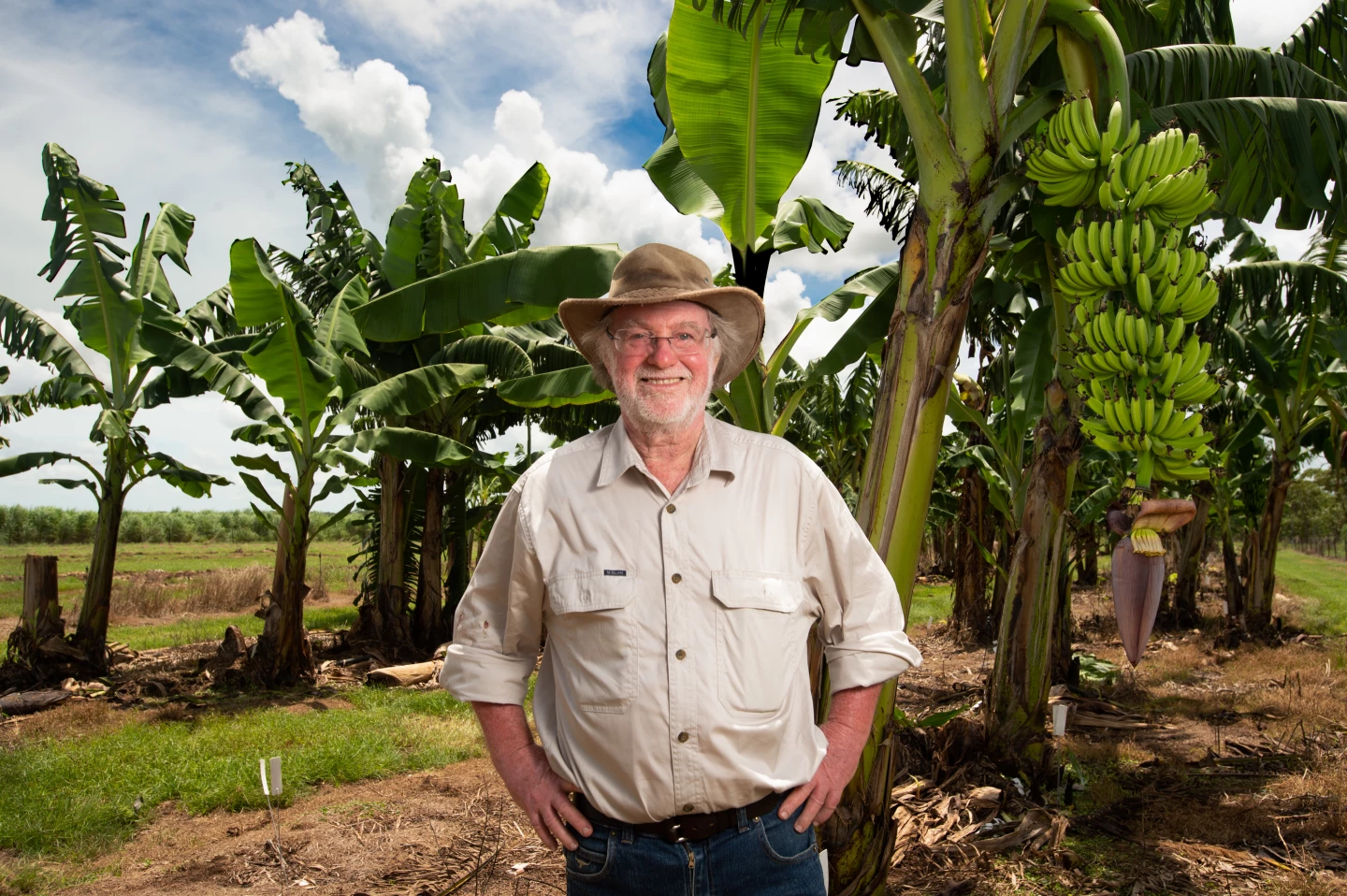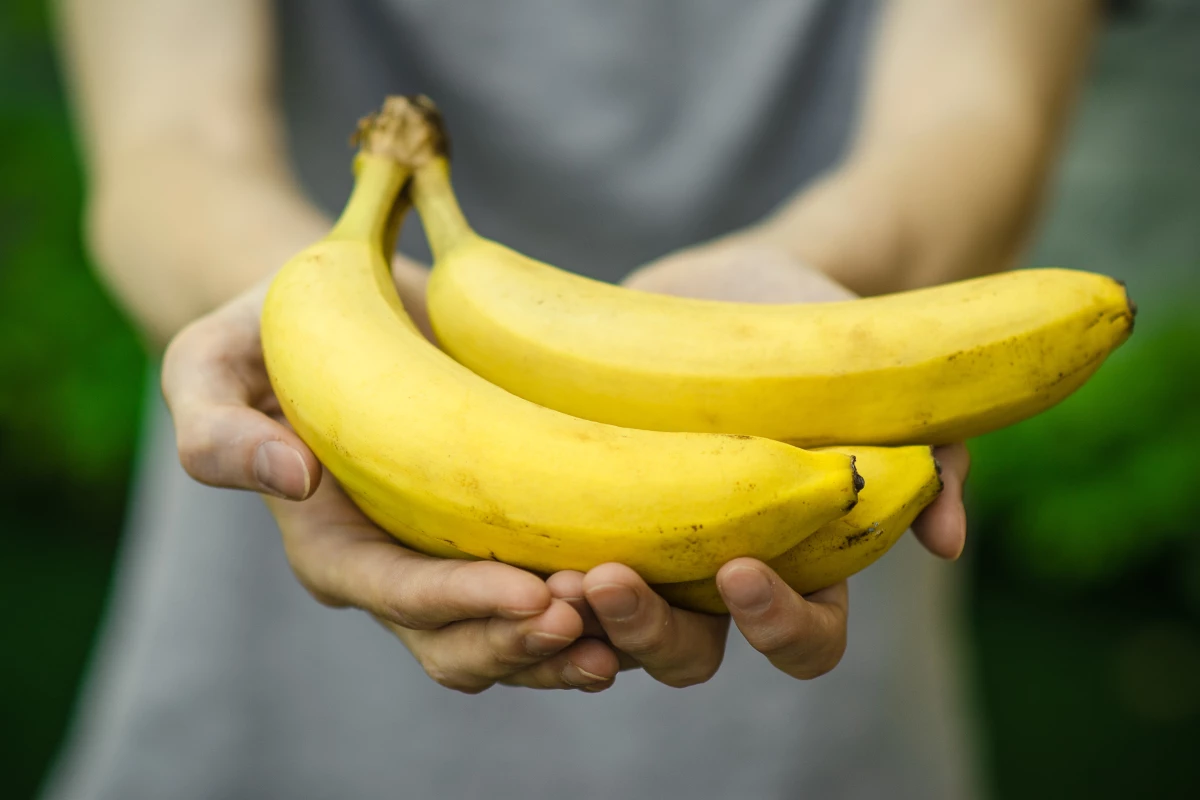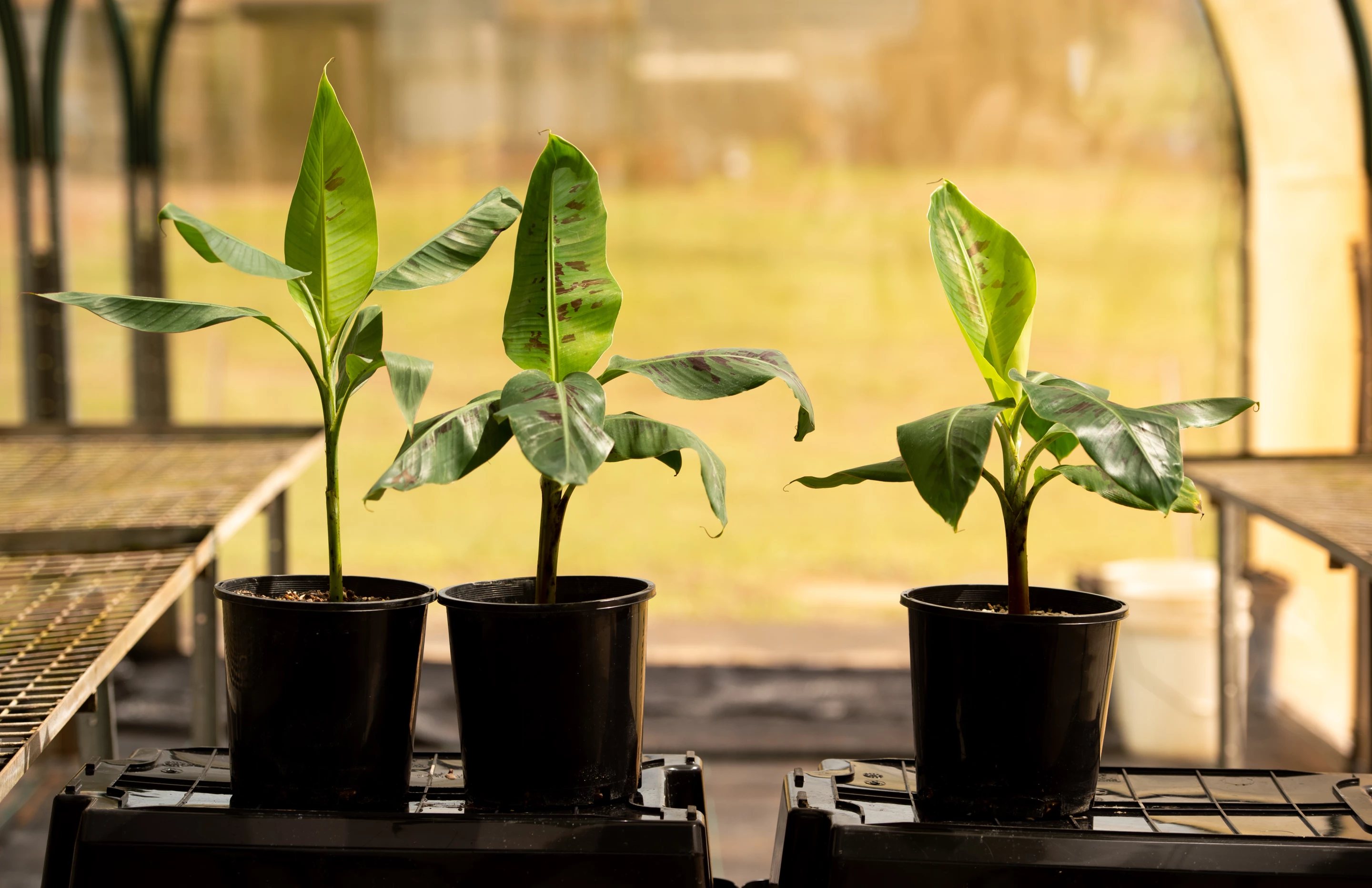It’s been more than 50 years since the lethal soil-borne Fusarium fungal species all but wiped out the dominant Gros Michel banana across the globe. Now, though, the tropical race 4 (TR4) strain of the fungus threatens to repeat history, potentially killing off the world’s most popular and widespread variety, the Cavendish, and with it a US$20 billion banana industry.
However, for the past 20 years, scientists at the Queensland University of Technology (QUT) in Australia have been developing a genetically modified Cavendish banana plant that isn't impacted by the fungus, also known as Panama disease. After earlier studies into the disease-resistant gene RGA2, the researchers spent more than six years growing the modified fruits in field trials in the Northern Territory. The result has been plants growing Cavendish bananas as we know them, but ones that are also highly resistant to the TR4 fungus.
They’ve now submitted their modified Cavendish banana variety, known as QCAV-4, to the Food Standards Australia New Zealand (FSANZ) for regulatory approval. The assessors will look at molecular, chemical, compositional and nutritional aspects of the disease-resistant QCAV-4. The process is expected to take around nine months, and if successful it will be the country’s first whole genetically modified fruit and the world’s first GM Cavendish plant.

“The devastating Panama disease TR4 is caused by a soil-borne fungus that stays in the ground for more than 50 years, wiping out banana crops and destroying farms for generations,” said James Dale, professor at QUT, also known as the "banana man" for his commitment to their genetic science. “It is a huge problem. It has devastated Cavendish plantations in many parts of the world and could cripple the Cavendish banana export industry worldwide.”
While there are around 1,000 varieties of bananas grown across the globe’s tropical regions, the Cavendish makes up around half of all types cultivated and almost 100% of international trade.
What makes the variety particularly vulnerable is that it can’t reproduce sexually, which is nature’s way of maintaining genetic diversity. As such, it’s propagated, essentially creating identical clones of the plants, greatly limiting its genetic makeup and making it incredibly susceptible to widespread devastation from a single pathogenic invader.
And in this case, Fusarium oxysporum f.sp. cubense (Foc) has the potential to wipe out the Cavendish variety. First detected in Asia, it’s since spread to most Cavendish-producing regions including recent infections in Colombia and Peru.
The fungus enters the plant through its roots and sets up shop in the xylem vessels, responsible for transporting and distributing water and nutrients. Eventually, the plant wilts (which is why the disease is also called Fusarium wilt) and dies. And once it’s in the crop’s soil, it can’t be eradicated with pesticides.
QCAV-4 has been bioengineered with the single gene RGA2, which stems from a southeast Asian wild banana plant that’s shown to be resistant to TR4 infection. While the Cavendish bananas already have this gene, it’s dormant; its activation appears to be crucial to its ability to fight off the fungus foe.

While still a long way from commercial production and consumption, its approval could provide a safety net for the fruit, seeing it avoid the same fate as the Gros Michel.
Earlier research on the QCAV-4 was published in a 2017 issue of the journal Nature Communications.
See the video below to see more on the fungal threat and the QCAV-4 banana plant journey.







